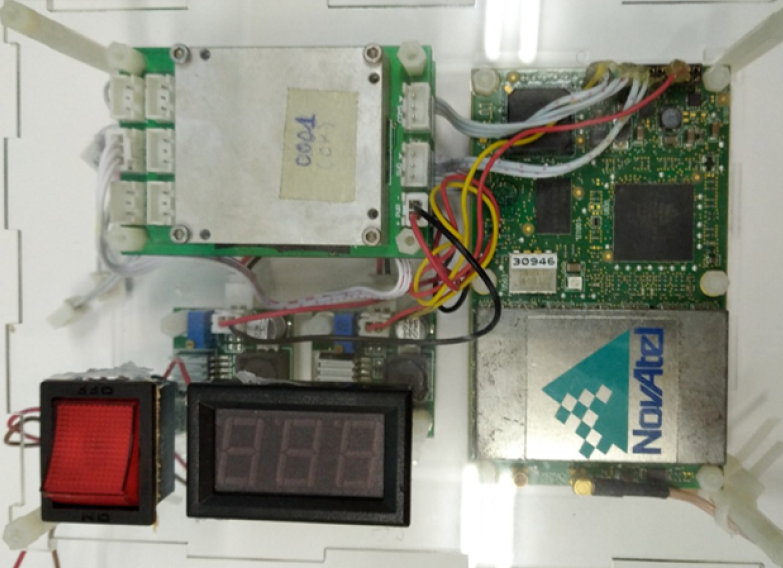
Improving the performance of the GPS/INS integrated navigation system by using the real-time kinematic method
- Department of Control Engineering and Automation, Faculty of Electrical and Electronics Engineering, Ho Chi Minh City University of Technology, 268 Ly Thuong Kiet Street, District 10, Ho Chi Minh City, Vietnam
- Vietnam National University Ho Chi Minh City (VNUHCM), Linh Trung Ward, Ho Chi Minh City, Vietnam
Abstract
Introduction: This paper presents a method for improving the accuracy of a GPS/INS integrated navigation system. Estimating the yaw angle, which is the degree of deviation from the north, is a crucial aspect in the navigation and control of autonomous robots.
Methods: We can use an inertial measurement unit (IMU) to calculate the yaw angle, but the accuracy is heavily reliant on the Earth's magnetic field. This field can vary in value as the vehicle moves and is easily disturbed by external sources such as electrical devices and motors. To circumvent these limitations, a dual-antenna GPS with the real-time kinematic (RTK) method is utilized to improve the quality of the yaw angle estimation.
Results: This approach eliminates the use of magnetometers, and the experimental results show that the error can be significantly reduced to 0.16 degrees with a baseline of 1 meter.
Conclusion: When compared to the standard GPS/INS system, the proposed method using GPS-RTK provides better accuracy, even when the GPS signal is lost.

